Marilyn Klerx-Hardie
9 comments By Marilyn Klerx-Hardie
Chloe Bouwers-Soriano has translated her emotions about her musical experience into superb language! Brava! As a 78 year old violist, retired from the Radio Filharmonisch Orkest Holland, I recognize and cherish those feelings.
My own way of explaining what can happen in a musical collaboration is this: Somewhere around me, I hear something beautiful. I think "I am going to do that, too, and do it even more beautifully!" Colleagues hear that and respond in kind.
Of course, we all must blend, so the work is performed in ever deeper, more subtle nuance.
Perhaps this is a metaphor for life?I hear you! Have you written for viola? I am a retired professional violist. I don't think I want a "challenge "...just something expressive!!!
We should not forget that that, in Italian, the word "Violino" means "Little Viola!"
Going back in time, to polyphonic music, and even in some Bach works, there were TWO viola parts...tenor and alto.
Going back even farther, in a fresco on the cuppola of the Santuario at Saronno , depucts the Arrival of the Blessed Virgin in Heaven, Mary is accompanied by an entourage of 81 large angels. 61 of these are playing 56 different instruments. Closest to the modern day violin is the alto-sized instrument played by a feminine angel to the right!
ANOTHER contribution to the ...Redemption of the violaOh, the things I have to say!
1. I learned, from my study of harp as my second instrument at the Crane School of Music, SUNY Potsdam, that a plucked note cannot sustain. Therefore, the harpist must make a MOTION (after the pluck) to show the style meant...
2. I learned, from a bass guitarist, the sound that can be made by a straight finger plucking the string horizontally, with NO hand motion!
3. Many conductors try to cue pizzicato with a DOWNWARD motion on the beat. However, pizzicato is an UPWARD motion from the string. If the conductor ...arrives a little BEFORE the cue and "gives" the pizzicato (as if the baton were plucking the string.)In the Radio Filharmonisch Orkest Holland, the viola section rotated seating from the third to sixth stands, the first two stands being leading positions. In that way, we tutti violists could enjoy working with all of our colleagues.
In the beginning of my 30+ years in that orchestra, there were some personal issues between the leaders themselves, making a sort of wall that hindered contact between the front and back, although we learned to live with it and perform well.
Later, due to some retirements and new leaders, our group matured and became very cohesive, perhaps also due to the rotation we instituted, and which the Second and First violins took over.
I can describe our group work like this: We all listened, and, hearing something beautiful, each of us would think: "I'm going to do that, too, AND I am going to try to do it EVEN MORE beautifully!" We inspired each other.
For example, one program was Bruckner's 4th Symphony. The slow movement is an Audition piece for viola, and conductors must usually wrestle with a viola group. Our leader, Francine Schatborn, called a short group rehearsal before the first full rehearsal. We played it through. She said: "That's good. Let's do it again, and everyone tell your own story."
The conductor, Edo de Waart, didn't have to stop at all, and he had the group stand for applause at the concerts!As an eternal student (mentally!) I wish teachers would say: "You did that beautifully HERE. Do it THERE, too!"
Great advice. I would like to add a comment about sitting on an audition committee: In my experience, that is even worse than auditioning itself! Yes, the committee members already have the job, but they (we) want good candidates. They (we) want them to play well, but we can't help them. Frustration, terrible frustration!
I was happy to see this article. I am a retired violist after playing in the Radio Filharmonisch Orkest Holland from 1979 to 2010. I agree that there is a COMPLETELY different what he calls "language" to auditions. You are meant to do things that have NOTHING to do with what the job actually entails: (Here I am speaking about the orchestral excerpts part of the audition): 1) choose your own tempo. 2) play with NO conductor. 3) play alone, with no one to blend in with. Wouldn't it be an idea for the conductor to CONDUCT the candidate...maybe in round 2? And the leader play WITH the candidate? After all, what we actually DO is play flawlessly WITH the group! Ah, well, maybe in my next lifetime! (For your amusement, I posted on YouTube a film...about the freedom from the group mentality. Look it up under maribone20021!)
Regarding ms. Zimmerman's recommendation to imagine, in great detail, the musical feeling you want to bring out in the piece, I discovered what I call THE ROBOT TECHNIQUE. When I am learning an unknown piece, or a section of orchestral music, and I want to find MY OWN INTERPRETATION, I first try to play the passage with NO INTERPRETATION AT ALL! As if I were a robot.
What happens then is that my mind is absolutely FLOODED with musical ideas!


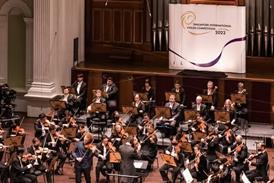
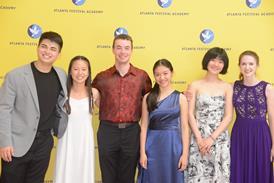

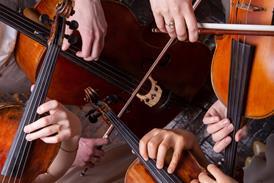
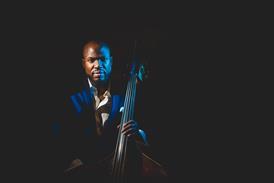
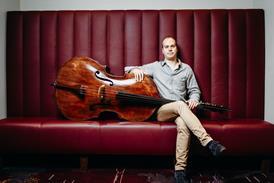

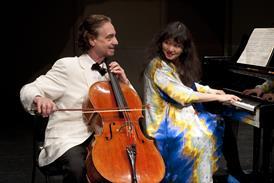

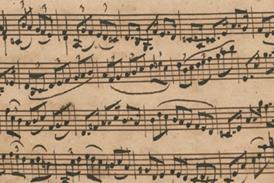
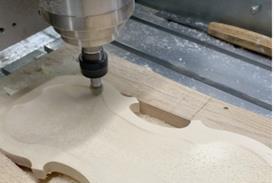

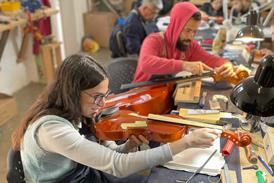
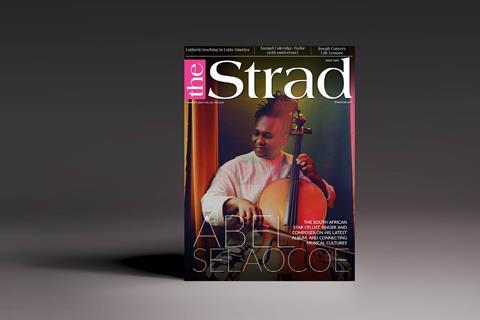
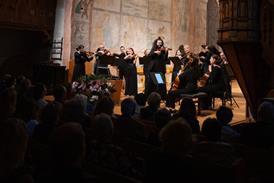



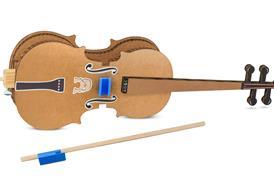
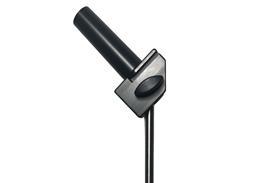















Commented on: 5 November 2024
‘They have this almost telepathic way of moving’ - Chloe Bowers-Soriano on playing with the Czech Philharmonic